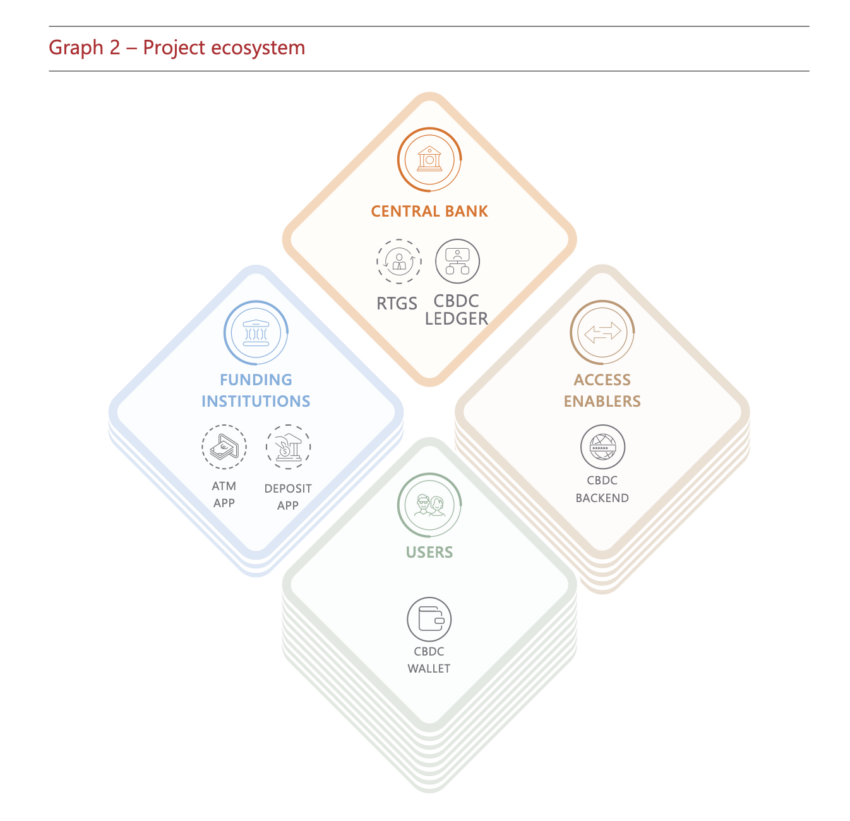The Bank for International Settlements (BIS), Hong Kong, and Israel’s central banks collaborated to experiment with retail central bank digital currency (rCBDC) for enhancing digital payments as a public service.
“Can a well designed rCBDC system retain the desirable attributes of cash while also creating user experiences functioning as well as, or better than, today’s payment systems? These are questions that Project Sela seeks to answer,” the report stated.
Project Sela: Can a Retail CBDC Work?
According to the report, the project aims to determine if it’s possible to create a secure and user-friendly rCBDC:
“Sela tests the feasibility of an accessible and cybersecure rCBDC proof of concept (PoC).”
The findings revealed that by designing the architecture with caution, cyber security risks associated with using rCBDCs can be eliminated:
“Sela’s preliminary cyber security findings suggest that, through preventative design and the application of cyber security best practices, increased access does not necessarily come at the cost of greater cyber security risk.”
The project extends its scope by incorporating the ongoing investigations into Central Bank Digital Currencies (CBDCs) by global central banks.
This includes the digital shekel by the Bank of Israel and the digital pound by the Bank of England. It also cites the digital euro by the European Central Bank (ECB).

Retail CBDCs Need A Wide Range Of Participants
The report outlines that technological developments in the DeFi space have demonstrated the ability to make financial services more transparent. This is due to “open access to financial data” and end users controlling their own funds.
The findings also suggest that involving a diverse range of participants is necessary to achieve a well-rounded approach to rCBDCs.
“It is therefore important for an rCBDC system to enable a diverse and vibrant community of private sector intermediaries in the provision of rCBDC services,” it noted.
The study relied on four important pillars: policy, legal aspects, cybersecurity, and technology.
It organized project participants under those four categories to harness their combined expertise over the six-month project.
Disclaimer
In adherence to the Trust Project guidelines, BeInCrypto is committed to unbiased, transparent reporting. This news article aims to provide accurate, timely information. However, readers are advised to verify facts independently and consult with a professional before making any decisions based on this content. Please note that our Terms and Conditions, Privacy Policy, and Disclaimers have been updated.

